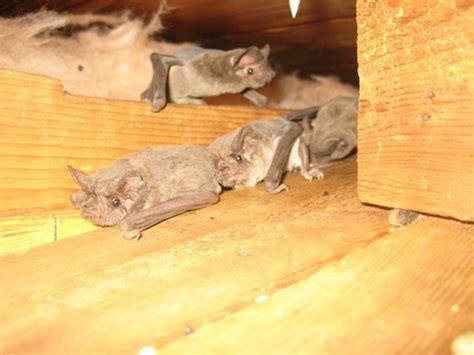Say Goodbye to Bats: Humane Removal Methods
Bats, often misunderstood and feared, play a vital role in our ecosystem. However, their presence in your home can be unsettling and potentially problematic. This article explores humane and effective methods for bat removal, emphasizing the importance of ethical treatment and adherence to local regulations. Understanding bat behavior and employing the right techniques ensures both your safety and the well-being of these fascinating creatures.
Why are Bats in My House?
Before considering removal, it's crucial to understand why bats might have chosen your home. Common reasons include:
- Shelter: Bats seek dark, quiet spaces for roosting, often finding entry points in attics, chimneys, or behind walls.
- Food Sources: The presence of insects near your home can attract bats seeking a meal.
- Accidental Entry: Bats might accidentally wander into your home through open doors or windows.
What are Humane Bat Removal Methods?
Humane bat removal prioritizes the safety and well-being of the bats while addressing your concerns. Crucially, this involves never attempting to capture or handle bats yourself. Bats can carry diseases, and improper handling can injure both you and the bat.
1. Exclusion: This is the most humane and effective method. It involves sealing off entry points while ensuring all bats are outside before closing them. This is best done during the bat's active season (spring and summer) when they are most likely to leave naturally during the night.
- Timing is Key: Begin the process in late summer or early fall, when young bats are old enough to fly and most bats are preparing for hibernation.
- Professional Help: Consider hiring a wildlife removal specialist. They have the expertise and equipment to safely and effectively seal entry points while ensuring no bats are trapped inside.
2. One-Way Doors: These specialized doors allow bats to exit your home but prevent re-entry. They are installed over existing entry points, giving the bats ample time to leave before the doors are sealed permanently.
- Patience is Required: Bats may take several nights or even weeks to fully exit.
- Monitoring is Crucial: Regularly check the one-way door to ensure it remains effective and no bats are trapped.
3. Addressing the Root Cause: Reducing the insect population around your home can deter bats from seeking shelter there. This can be achieved through:
- Regular Pest Control: Employing effective pest control measures reduces the food source that attracts bats.
- Landscaping Adjustments: Keeping vegetation trimmed back from your house removes potential roosting sites and creates less attractive habitats for insects.
What NOT to Do When Dealing with Bats
1. Do not attempt to capture or kill bats. This is illegal in many areas and inhumane. Bats play a crucial role in the ecosystem and should be treated with respect.
2. Do not use harmful chemicals or pesticides. These substances are dangerous to both bats and humans and can cause significant environmental damage.
3. Do not seal up entry points while bats are still inside. This will trap the bats and likely lead to their death.
Frequently Asked Questions (FAQs)
How do I identify a bat infestation?
Signs of a bat infestation include droppings (guano), scratching sounds in walls or attics, and the sight of bats flying around your home, especially at dusk.
**What diseases can bats carry?</strong>
Bats can carry rabies and histoplasmosis, although transmission to humans is rare. Avoid direct contact with bats to minimize risks.
Are bats dangerous?
Bats are generally not aggressive and will only bite if they feel threatened. However, it's important to avoid contact to prevent potential disease transmission.
How much does professional bat removal cost?
The cost of professional bat removal varies depending on the extent of the infestation and the complexity of the work involved.
What should I do if I find an injured bat?
Contact your local animal control or wildlife rehabilitation center. They have the expertise to handle injured bats safely and humanely.
By understanding bat behavior and employing humane removal methods, you can effectively address a bat problem while ensuring the safety and well-being of these beneficial creatures. Remember that professional assistance is often the safest and most effective approach to guarantee a successful and ethical resolution.

